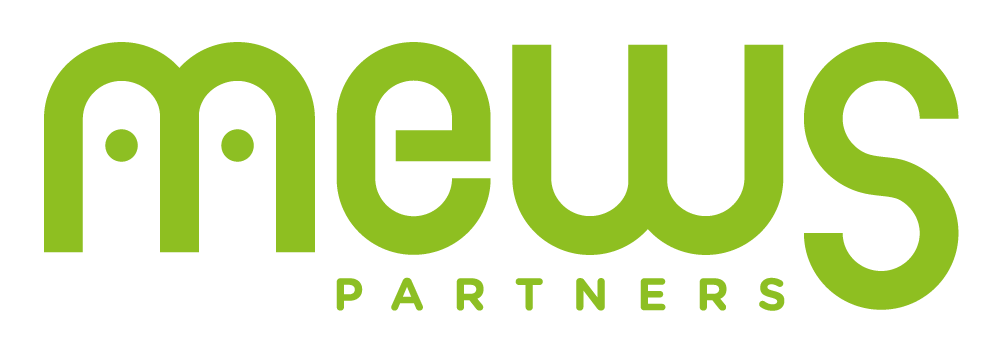Management of the industrial master plan using Agile principles
/0 Comments/in Case study Cas clientThe transformation of this service company to cope with the decline in its historical activities, the development of new activities to meet new customer expectations requires the implementation of an innovative management for the master plan.
“There is no favorable wind for the sailor who doesn’t know where to go.” - Letters to Lucilius, LXXI, Seneca
Context
The master plan is split in a dozen programs that aim to increase the agility of the Supply Chain to facilitate the launch of new offers and services, adapt the network to changing volumes, exploit and value data (particularly tracking), better operate with the group’s subsidiaries, improve service quality and optimize costs.
The management of this assignment, from the clear definition of the objectives to the operational management of interactions, is a key issue to be addressed.
Approach
The first step was to understand the context of the project by conducting interviews, going on the field and working on the key objectives of each program to determine their scope of autonomy and interaction.
The second step was to set up a management system for decisions and actions in the backlog (as well as its sequencing, PIP SAFe) using visual management.
The third step focused on pull scheduling management of the interactions between sub-programs, the master plan and external projects.
Finally, the last step’s aim was to transfer the new operating modes by organizing the relays, training the Scrum masters and formalizing the repository within a booklet that mixed Lean and Agile practices.
Results
After one year of support, the new steering organization is up and running. A convergence committee and a coordination committee have been set up. All sub-programs have built their Agile visual management system as well as 2 sites in the regions. They can be evaluated using a specifically defined agile maturity self-diagnosis tool.
Coordination with the program managing IS evolutions is operational.
Arbitration and acceleration seminars have been organized to deal with difficult cases.
Packaged training courses were delivered and conducted for about thirty employees and all the methods used were formalized in a reference book that was widely distributed. Training sessions are systematically provided for newcomers to the project platform.
